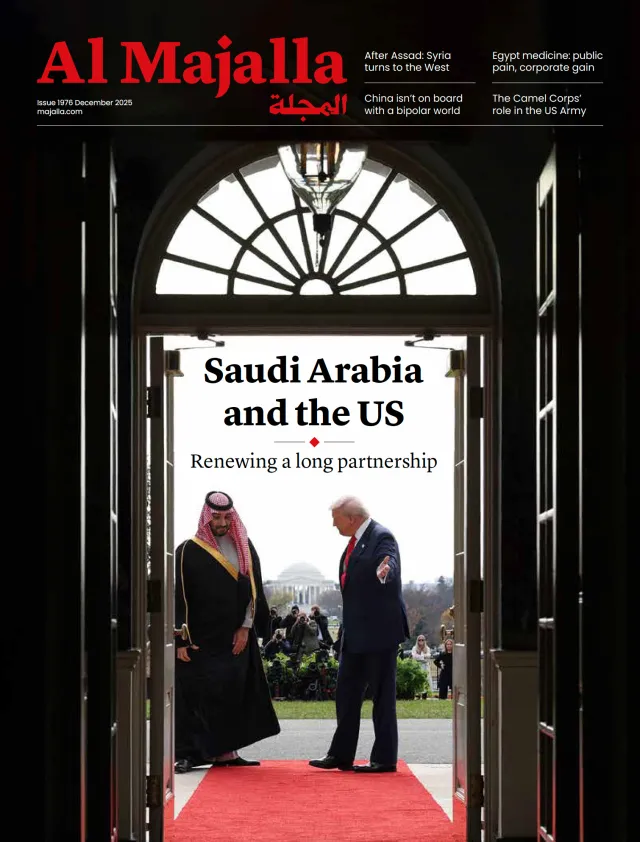For over 70 years, the United States’ leading role within NATO—and the alliance’s clear commitment to European security—formed the cornerstone of stability for the Old Continent, the wider West and much of the world. This transatlantic pact flourished throughout the Cold War as it faced down the Soviet Union.
However, when Donald Trump first entered the White House in 2017, the mood shifted as Washington began to put distance between the two traditional allies. His 2025 return has seen relations grow even more strained. There is even talk about a possible rupture. If this comes to pass, the pillars that formed the foundation of the international order since World War II could soon come crashing down, which could have far-reaching implications worldwide.
This new reality in the making has been selected as Al Majalla’s April cover story. We examine the trajectory of Trump's policies towards Europe—from the trade war to the abandonment of long-standing diplomatic frameworks and look at the possible retaliatory steps Europe may take to confront them.
This includes independent European efforts—outside the scope of NATO—to provide Ukraine with defence guarantees to safeguard the continent's security against the threat of Russia. European countries are also looking to enhance and expand their military industrial base by significantly boosting their defence spending.
In the Middle East, these repercussions are already being felt—some positive, others negative. As European governments begin to invest in their own military power to reduce their dependence on the US, their relations with the Arab world will naturally be impacted.
As they previously used financial and humanitarian aid as a soft power tool to influence the Middle East, they may end up reining in a lot of spending as they shift towards hard power policies. For its part, the Arab world got used to dealing with a united Western front, but now, like the rest of the world, we must understand how diverging US-Europe interests will impact our region.




